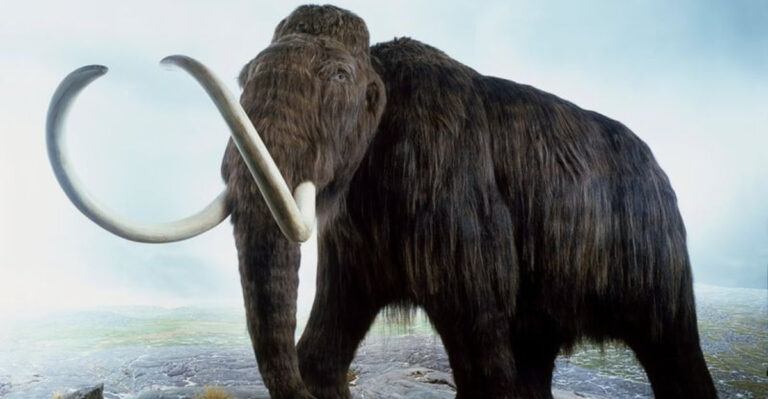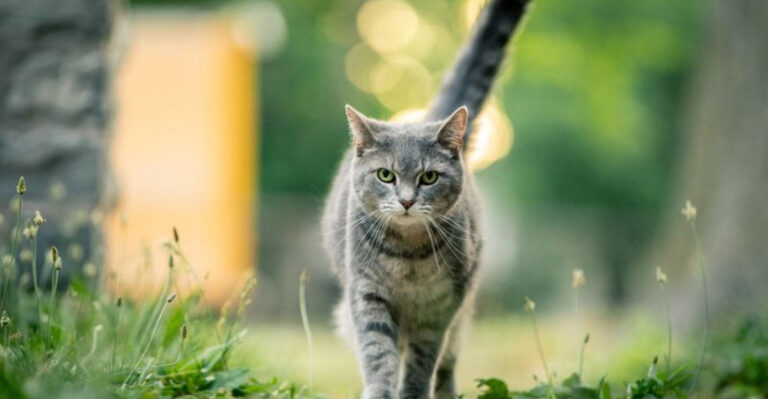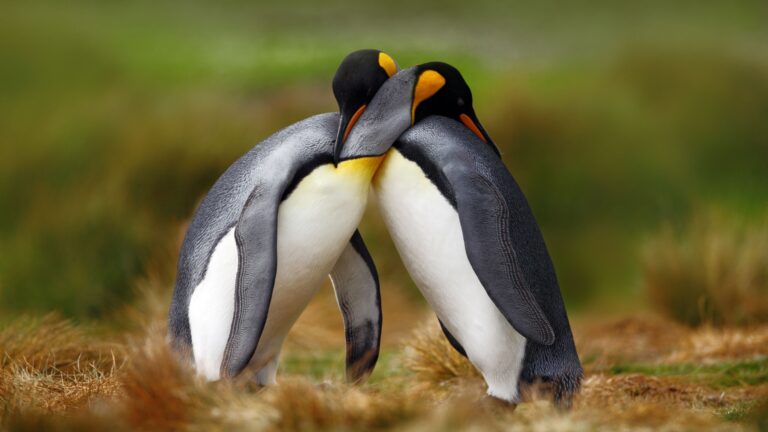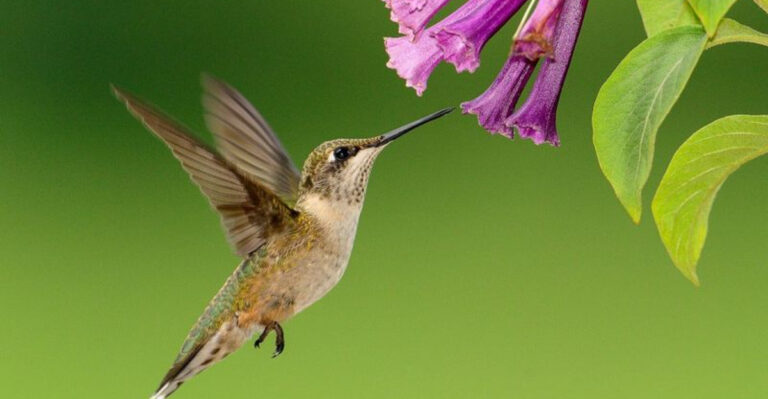14 Snakes That Can Swim, Climb, And Even Glide Through The Air
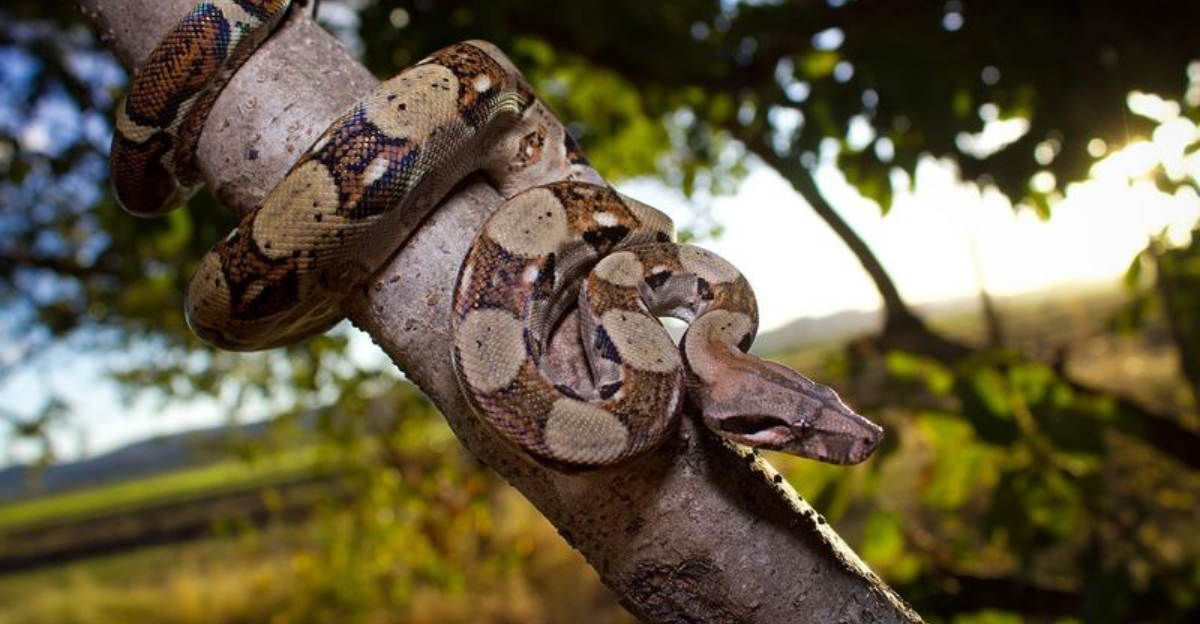
Snakes are remarkable creatures with surprising abilities that go far beyond slithering on the ground. Some species have evolved to conquer multiple environments, displaying impressive versatility in how they move and hunt.
From underwater experts to tree-dwelling specialists and even aerial gliders, these 14 snakes showcase nature’s incredible adaptations that help them thrive in diverse habitats around the world.
1. Sea Snakes
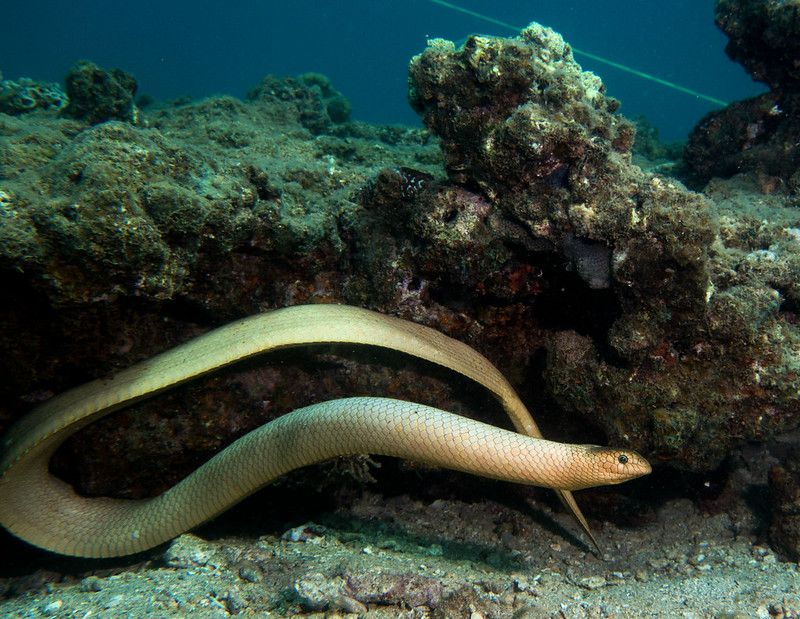
Olive Sea Snakes rule the underwater world with paddle-shaped tails that propel them through coral reefs with grace and speed. Their specialized lung extends nearly the entire length of their body, allowing them to stay submerged for hours.
Unlike their land-dwelling cousins, these marine reptiles can’t survive on land for long, having evolved specifically for aquatic life.
2. Green Tree Python
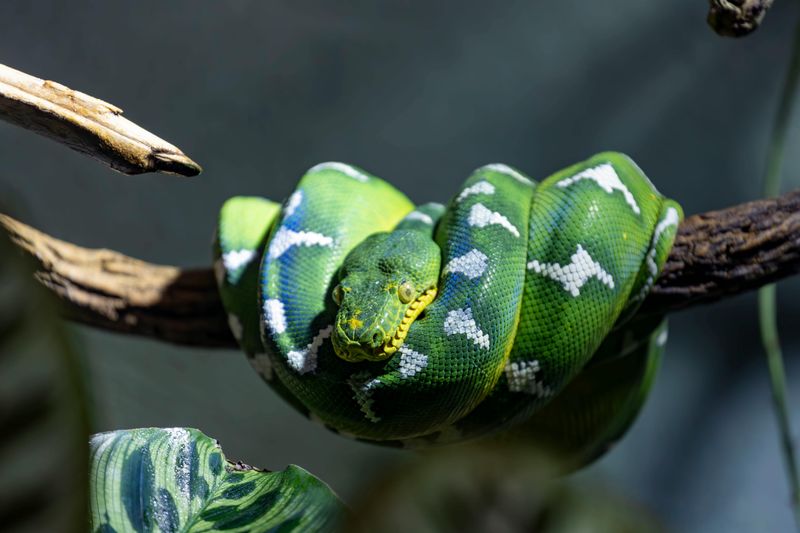
Wrapped around branches like living emeralds, Green Tree Pythons spend almost their entire lives above ground. Their prehensile tails function as fifth limbs, allowing them to hang securely while reaching out to snatch prey.
Young pythons start life with yellow or red coloration, gradually transforming to their iconic bright green as they mature – a perfect camouflage in their rainforest home.
3. Flying Snake
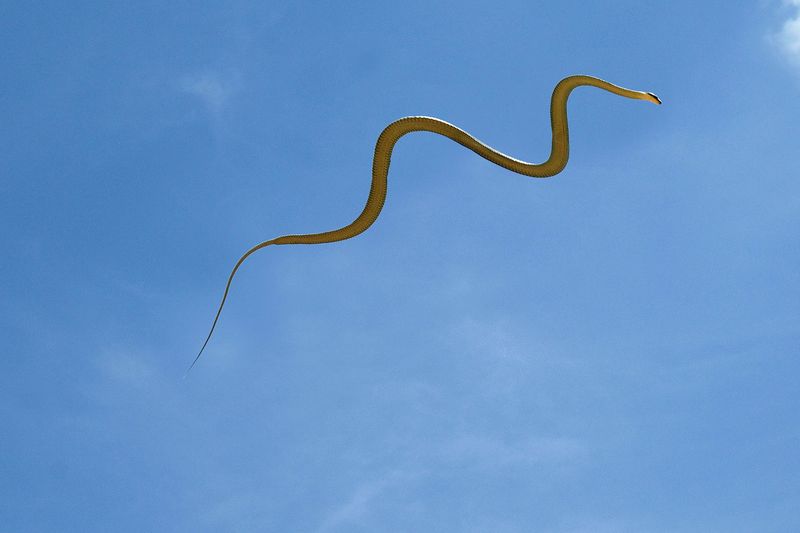
Paradise Tree Snakes perform one of nature’s most spectacular tricks – actual gliding flight. By flattening their bodies and making undulating motions, they create lift that carries them up to 330 feet through the air.
Before launching, these remarkable reptiles dangle from branches and form a distinctive J-shape. Their aerial prowess helps them escape predators and move efficiently between trees without descending to the forest floor.
4. Boa Constrictor
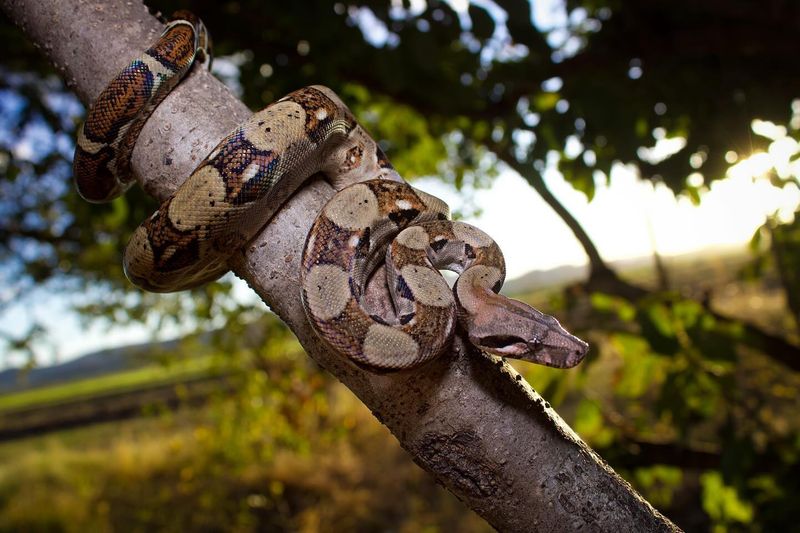
Despite weighing up to 60 pounds, Boa Constrictors scale trees with surprising agility. Their muscular bodies grip trunks and branches while specialized belly scales provide traction against smooth surfaces.
Young boas are particularly arboreal, spending more time in trees than adults. As they grow larger and heavier, they gradually transition to more ground-dwelling habits while retaining their climbing abilities.
5. Corn Snake
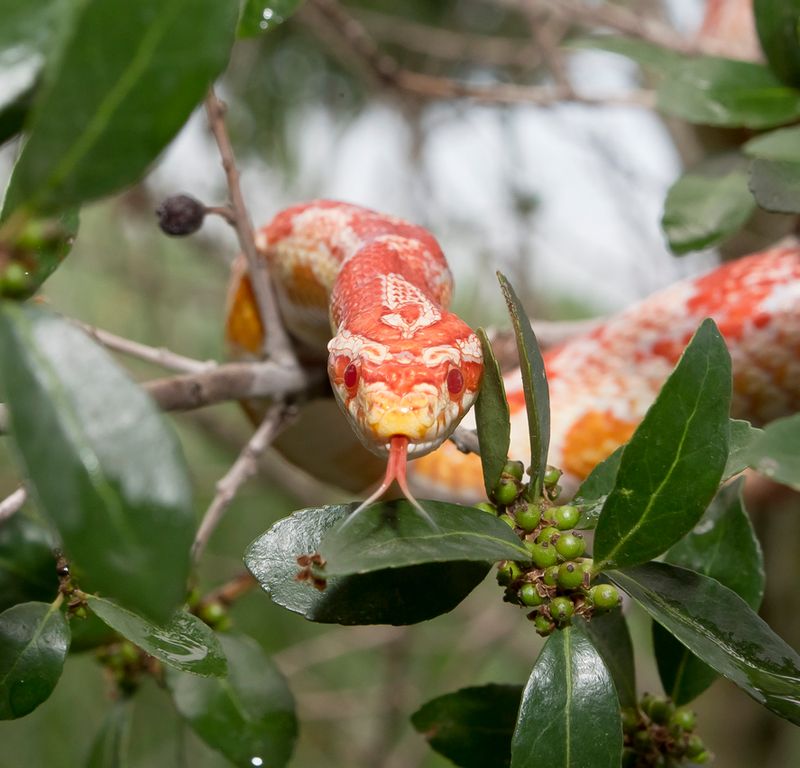
Corn Snakes possess specialized belly scales that act like tiny hooks, allowing them to climb vertical surfaces that seem impossible. Their slender bodies and natural curiosity make them excellent explorers of barns, trees, and even attics.
Farm-dwellers prize these non-venomous beauties for controlling rodent populations. They can ascend rough surfaces like bark and brick with remarkable ease, hunting mice and rats in three dimensions.
6. Water Moccasin
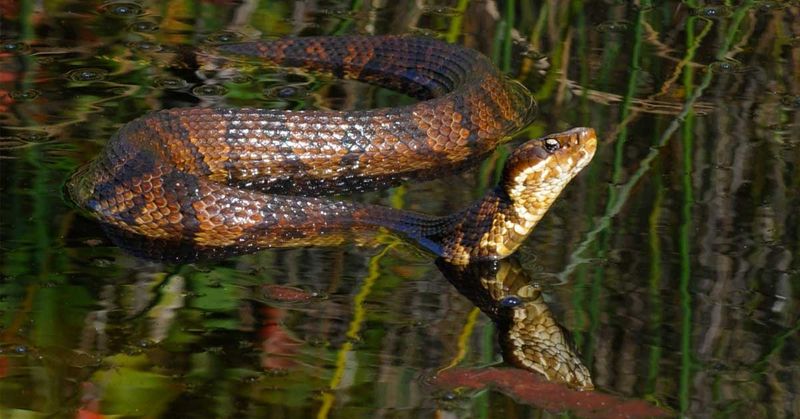
Water Moccasins cruise through murky swamps with their eyes and nostrils positioned on top of their heads – perfect for breathing and seeing while mostly submerged. Their bodies contain specialized air chambers that increase buoyancy, making swimming nearly effortless.
Don’t be fooled by their aquatic prowess; these venomous snakes are equally comfortable basking on logs or climbing low bushes near waterways.
7. Timber Rattlesnake
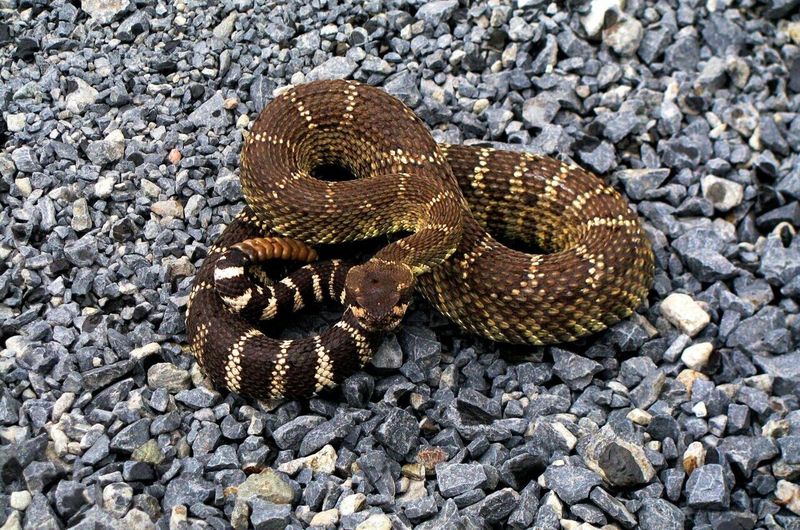
Timber Rattlesnakes surprise hikers by their ability to climb rocky outcrops and even low trees. Their powerful muscles and rough scales provide excellent grip on textured surfaces like bark and stone.
During summer hunts, these venomous predators ascend to vantage points where they ambush squirrels and birds. Their distinctive rattles serve as warning systems, alerting potential threats to keep their distance.
8. Rat Snake
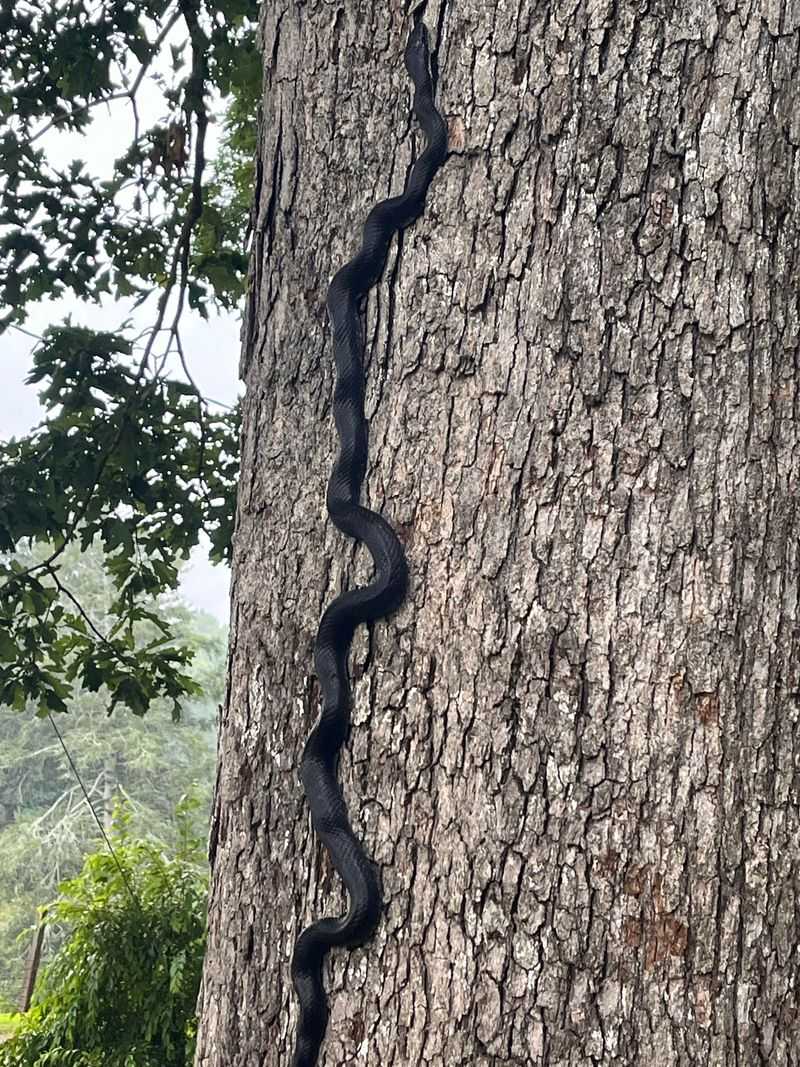
Farmers often spot Black Rat Snakes scaling barns and fences with remarkable ease. Their keeled scales create friction against smooth surfaces, while powerful muscles propel them upward in search of birds’ nests and rodent hideaways.
These beneficial constrictors can climb nearly any textured surface, from brick walls to wooden beams. They’ve even been known to ascend two-story buildings hunting for tasty mice in attics!
9. King Cobra
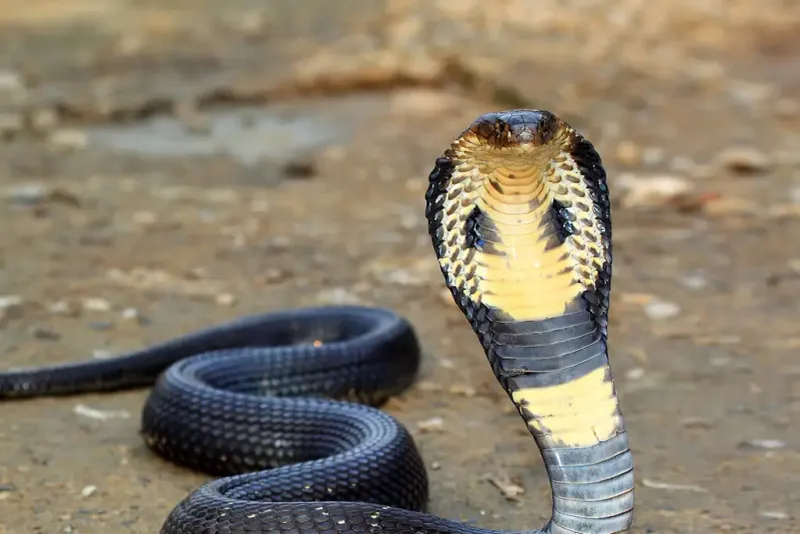
King Cobras can rear up to one-third of their impressive 18-foot length, but they’re also surprisingly adept tree climbers. Their streamlined bodies maneuver through branches while hunting other snakes, their preferred meal.
Unlike many snakes that strike downward, King Cobras can attack from elevated positions, making them particularly dangerous. When threatened, they climb to avoid confrontation rather than immediately striking.
10. Burmese Python
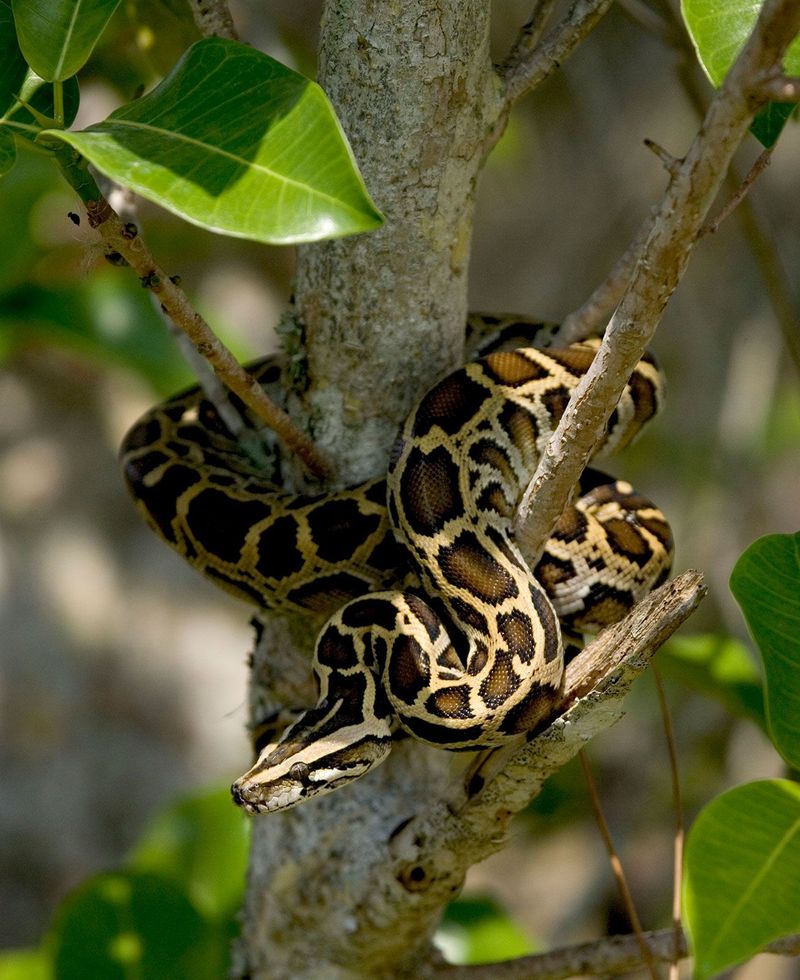
Juvenile Burmese Pythons spend significant time in trees before their massive size makes climbing difficult. Their incredible strength allows even 15-foot adults to ascend sturdy branches when motivated by hunger or the need for safety.
Scientists tracking these invasive giants in Florida were shocked to discover large specimens climbing trees. Their ability to ambush prey from above makes them particularly effective predators in multiple environments.
11. Ball Python
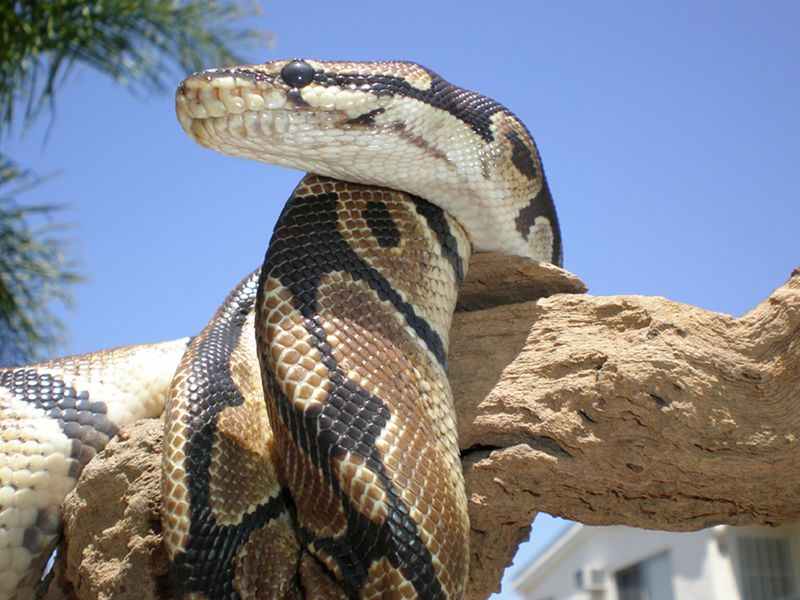
Ball Pythons may be ground-dwellers by preference, but they’ll readily climb bushes and low branches when seeking prey or escaping floods. Their compact, muscular bodies provide excellent strength-to-weight ratios for vertical movement.
Named for their defensive ball-forming habit, these gentle pythons use climbing as a secondary skill. Young specimens are particularly adventurous, exploring shrubs and low vegetation before growing too heavy for delicate branches.
12. Gaboon Viper

Gaboon Vipers possess the longest fangs and heaviest bodies of any venomous snake, yet they can swim across rivers with surprising efficiency. Their extraordinarily wide bodies seem to flatten slightly in water, increasing surface area for better buoyancy.
Though not built for speed, these ambush predators use swimming to expand their hunting territories. Their cryptic leaf-pattern camouflage works equally well on forest floors and partially submerged in shallow waters.
13. Indigo Snake
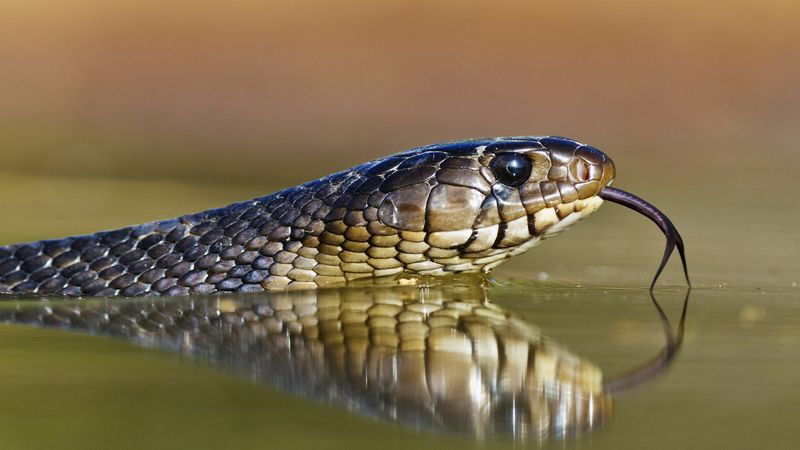
Eastern Indigo Snakes are America’s longest native species and true triple-threats – swimming, climbing, and ground-hunting with equal skill. Their iridescent blue-black scales shimmer as they move confidently between habitats in search of prey.
Unlike many snakes that specialize in one environment, these non-venomous hunters pursue prey through water, up trees, and across land. They’re even known to hunt and eat venomous rattlesnakes!
14. Eastern Brown Snake
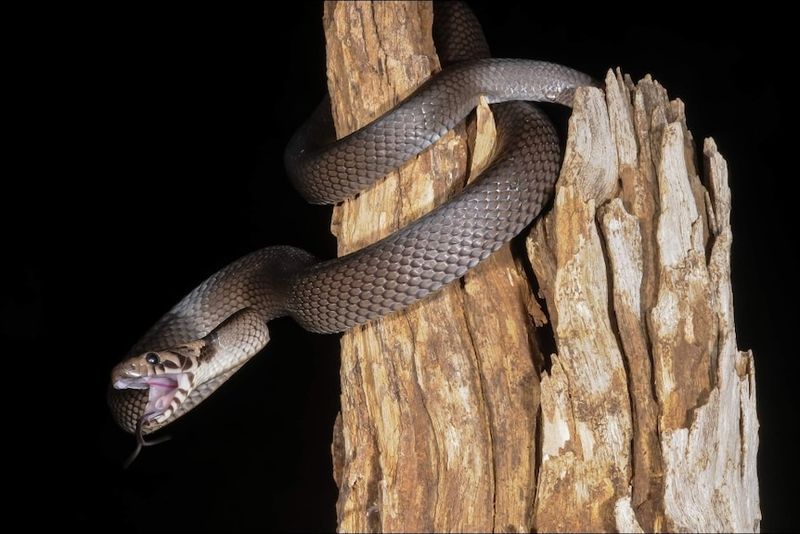
Australia’s Eastern Brown Snake ranks among the world’s deadliest, yet it’s also a versatile athlete. These slender speedsters can swim across creeks, climb fences, and even scale walls in pursuit of prey or suitable shelter.
Surprisingly agile, they’ve adapted to urban environments where they navigate human structures with ease. Their incredible speed – up to 12 mph – combined with climbing abilities makes them particularly successful hunters in diverse landscapes.

